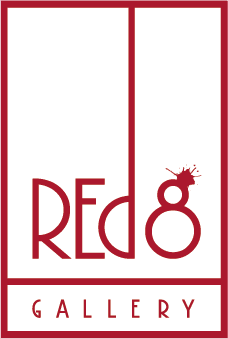
The art world - long believed to withstand the unfortunate realities of pandemics, wars, energy and climate crises, and inflation - is now having to urgently acknowledge the world’s critical state. In a recent column for The Arts Newspaper, Anny Shaw and Scott Reyburn explore how artists, gallerists and auction houses are handling it.
In the world of philanthropic giving, there is a little-known but increasingly influential anonymous charitable vehicle called Donor Advised Funds, or DAFs.
DAFs are a tax-effective way to manage charitable giving while supporting the causes you care about. A DAF is essentially an investment account with a twist and, as Reyburn and Shaw describe, “allow a wealthy individual to claim tax relief as soon as assets are donated to the fund, without being under any formal obligation to pay out that money to a charity within a fixed time.”
But as Reyburn and Shaw point out, part of the issue is that it can be hard to gauge how much money in a DAF comes from the sale of art, meaning that there isn’t much transparency involved.
The fact that the art world is beginning to show some concern over DAFs isn’t surprising, and some philanthropists have expressed scepticism about these funds.
In a 2019 interview, billionaire philanthropist John Arnold expressed his own concerns, bringing up some of the criticism that philanthropists and foundations have received in recent years and addressing how DAFs fit in.
“This DAF issue is one of the areas where the criticism is valid,” Arnold says. “People are getting a tax advantage today by putting money into the DAFs, and they’re not abiding by the spirit of the regulations about how that money is to be put back into society.”
Arnold isn’t the only one raising concerns about the lack of transparency surrounding DAFs; The Atlantic shared similar issues a year earlier, shining a light on the excessive sums of money at play in these funds compared to the needs of non-profits who could use the money in the here and now.
Inequality.org, which tracks inequality-related issues, notes, “Each year, disproportionately more and more charitable revenue is being diverted into DAFs while nonprofits on the ground struggle harder for funds.”
There appears to be no way of knowing how much of the money generated from philanthropic art sales finds its way into DAFs.
Only time will tell as to whether the art world can influence the transparency of this new sector.
